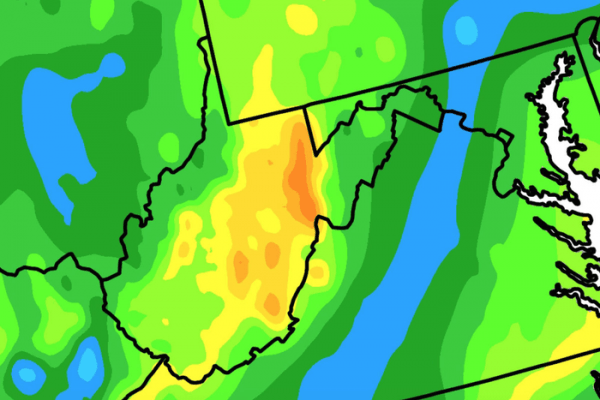This fall, West Virginia University researchers will drill three miles into the ground to test the potential of geothermal energy. If successful, it might eventually help to reduce the carbon footprint of the University and decrease energy costs.
The research team, led by Nagasree Garapati, visiting assistant professor of chemical and biomedical engineering, has been awarded $7.25 million from the U.S. Department of Energy to explore - at a site outside of Morgantown - whether such a scenario is feasible.
Geothermal energy is heat energy from the earth -- resources are reservoirs below the Earth’s surface. According to the U.S. Department of Energy, mile-or-more-deep wells can be drilled into underground reservoirs to generate steam and hot water that can be utilized for a variety of applications, including electricity generation, direct use, and heating and cooling.
What makes this particular project unique is that most geothermal reservoirs are located in the western part of the country, Garapati said, due to hotter subsurface conditions, evidenced by springs and geysers.
Read more at West Virginia University
Image: A geothermal heat map of West Virginia shows areas of potential geothermal energy hot spots. (Credit: Southern Methodist University Illustration)


